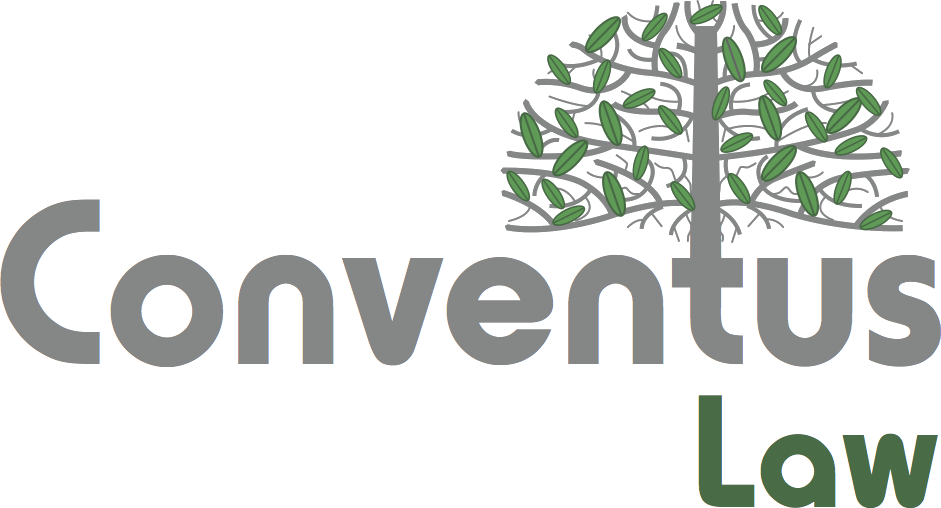What would you do if you got hurt at work?
Workplace injuries happen every day, and many employees don’t know their rights or what steps to take. This article will help you understand the legal landscape of workplace injuries.
Knowing your options can protect your health, job, and financial future. Both workers and employers need to stay informed to prevent legal and financial trouble.
Workers’ Compensation
Workers’ compensation is an insurance program that helps injured employees. It covers medical expenses, lost wages, and rehabilitation costs for work-related injuries. Most states require employers to have this coverage to support their employees.
This system is usually no-fault, meaning employees do not have to prove employer negligence. However, filing a claim requires proper documentation and adherence to deadlines.
Injuries such as a torn ACL can result in long recovery periods, leading to financial strain. Torn ACL workers comp settlements can help cover medical costs and lost wages during rehabilitation.
Employer Responsibilities
To keep workers from getting hurt, employers must provide a safe place to work. They should follow safety rules and deal with any possible dangers. Accidents at work happen less often when people get regular training and follow safety rules. If someone gets hurt on the job, companies are required by law to report it. They should also help with probes and make sure workers get the care they need. If you don’t follow the rules, you could face fees, fines, or lawsuits.
Employee Rights
Employees have the right to work in a safe environment. If they get injured, they can file a workers’ compensation claim. Employers cannot retaliate against them for reporting injuries or filing claims.
In some cases, workers’ compensation may not cover all damages. If negligence is involved, employees may seek legal action for additional compensation. Understanding these rights helps workers protect their interests.
Third-Party Liability
Not all workplace injuries are caused by the employer. Sometimes, third parties such as contractors or equipment manufacturers are responsible. In these cases, injured workers can file lawsuits against them.
Third-party claims allow employees to recover damages beyond workers’ compensation. These claims can include pain and suffering, which workers’ compensation does not cover. Identifying responsible parties is crucial for seeking full compensation.
Legal Remedies Beyond Workers’ Compensation
Some situations allow workers to sue their employers directly. This happens when there is extreme negligence, no workers’ compensation coverage, or intentional harm. In these cases, lawsuits may result in higher compensation.
Workers must prove fault in these claims. This process can be complex and requires strong evidence. Seeking legal guidance can help navigate the legal system effectively.
Know Your Rights and Stay Protected
Workplace injuries can turn lives upside down. They affect physical health, mental well-being, and financial security. Understanding legal options makes a difference in how a worker recovers and moves forward.
No one should suffer in silence after an injury. Knowing your rights and taking action can ensure fair treatment and proper compensation. Both employees and employers must stay informed to create a safer and legally compliant work environment.
We hope you enjoyed reading this article. If you found it helpful, be sure to check out our blog for more informative resources.




